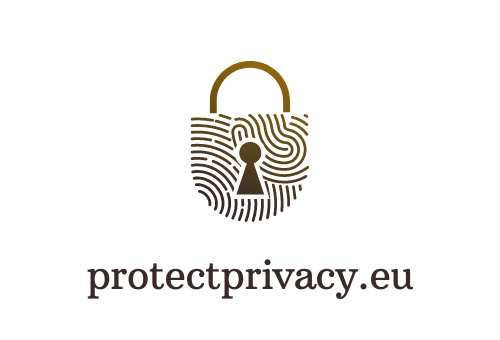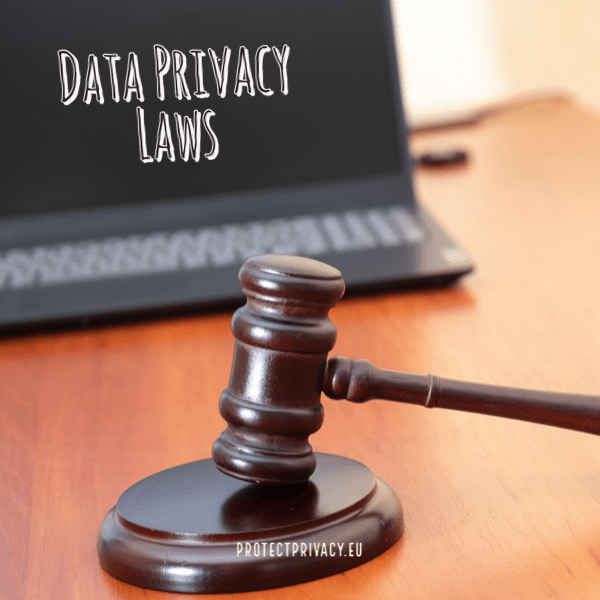Protecting Children Online: Strategies and Tools for Ensuring Safety and Privacy

The digital age has brought unprecedented access to information and connectivity, but with it comes the responsibility to protect the most vulnerable among us, especially children and teenagers. This comprehensive guide aims to provide parents, guardians, and educators with the strategies and tools needed to ensure the online safety and privacy of young internet users.
Introduction
Children and teenagers are growing up in a world where the internet is a fundamental part of daily life. While the online world offers many opportunities for learning and social interaction, it also presents risks. Protecting children online is a shared responsibility that requires awareness, education, and the right tools.
Understanding the Risks
Cyberbullying
Cyberbullying is a prevalent issue that can have severe emotional consequences. It includes sending, posting, or sharing negative, harmful, or mean content about someone else.
Exposure to Inappropriate Content
The internet is filled with content that may not be suitable for young eyes. This includes violent, sexual, or otherwise inappropriate material.
Online Predators
Children may encounter adults online who have malicious intentions, such as exploitation or grooming.
Privacy Concerns
Personal information can be misused if shared online, leading to identity theft or other forms of fraud.
Strategies for Protecting Children Online
Set Clear Guidelines
Establish rules for internet usage, including the types of sites that can be visited and the amount of time spent online.
Monitor Online Activity
Keep an eye on the websites your children visit, the games they play, and their interactions on social media.
Communicate Openly
Talk to your children about the potential risks online and encourage them to come to you with any concerns.
Use Parental Controls
Parental controls can limit access to certain content, track online activity, and more.
Tools and Software Solutions
Internet Security Software
Programs like Norton, McAfee, and Bitdefender offer features to block harmful websites and monitor online activity.
Parental Control Apps
Apps like Net Nanny and Qustodio allow parents to manage screen time, block inappropriate content, and monitor social media.
Browser Extensions
Extensions like KidzSearch can provide a child-friendly browsing experience.

Educating Children About Online Safety
Teach Critical Thinking
Help children recognize and evaluate potential risks online.
Encourage Responsible Behavior
Teach them about the importance of not sharing personal information and the consequences of their online actions.
Provide Resources
Share educational websites and tools that teach online safety, such as the FTC’s OnGuardOnline.
Conclusion
Protecting children online is a multifaceted task that requires a combination of education, communication, and technology. By understanding the risks, implementing strategies, and utilizing the right tools, parents and guardians can create a safer online environment for children and teenagers.







